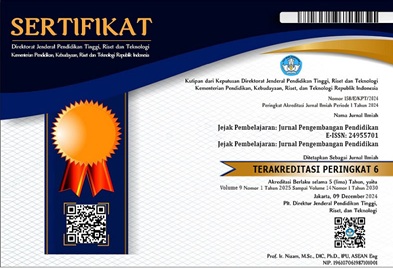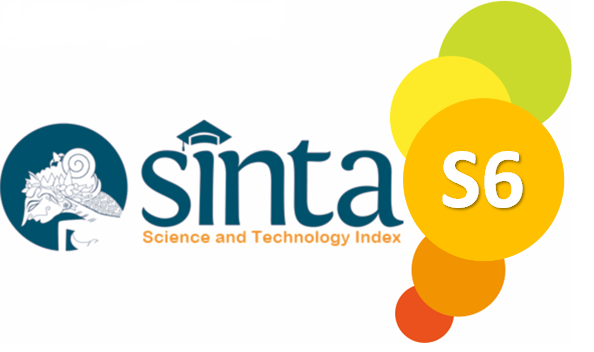KAJIAN LINGUISTIK FORENSIK: UJARAN KEBENCIAN TERHADAP SELEBGRAM FUJIANTI UTAMI DI MEDIA SOSIAL TIKTOK
Kata Kunci:
TikTok, Platform Media Sosial, Penyampaian PesanAbstrak
Tiktok berperan menjadi platform media umum yg memfasilitasi penyampaian pesan pada aneka macam bentuk, misalnya teks, gambar, audio, & video. Pesan yg disampaikan sang pengguna bisa bervariasi sinkron menggunakan maksud & tujuan pemilik akun tersebut.Sayangnya, beberapa akun memakai platform ini untuk mengembangkan ujaran kebencian.Penelitian ini bertujuan untuk Mendeskripsikan berbagai bentuk tindak tutur ilokusi, dan ujaran kebencian Metode dalam penelitian ini adalah ekivalen ortografik. Analisis data mengungkapkan hal berikut: 1) 1 dari ujaran kebencian berbentuk provokasi. Tuturan tersebut berbentuk provokasi ujaran kebencian karena mengangkat topik yang bertujuan untuk menghebohkan kembali. 2) Tindak tutur dalam kalimat tersebut tergolong demonstratif, bertipe imperatif yang tipenya tersamar (implisit). 3) Tindak tutur berbentuk linguistik pertanyaan direktif kategoris. 4) Ujaran kebencian dalam kategori menyebarkan berita bohong.
Tiktok acts as a public media platform that facilitates the delivery of messages in various forms, such as text, images, audio and video. The messages sent by the user can vary according to the aims and objectives of the account owner. Unfortunately, some accounts use this platform to develop hate speech. This research aims to describe various forms of illocutionary speech acts and hate speech The method in this research is orthographic equivalent. Data analysis revealed the following: 1) 1 of the hate speech took the form of provocation. This speech takes the form of a hate speech provocation because it raises a topic that aims to stir things up again. 2) The speech act in this sentence is classified as demonstrative, of the imperative type which is implicit in type. 3) The speech act takes the linguistic form of a categorical directive question. 4) Hate speech in the category of spreading fake news.





